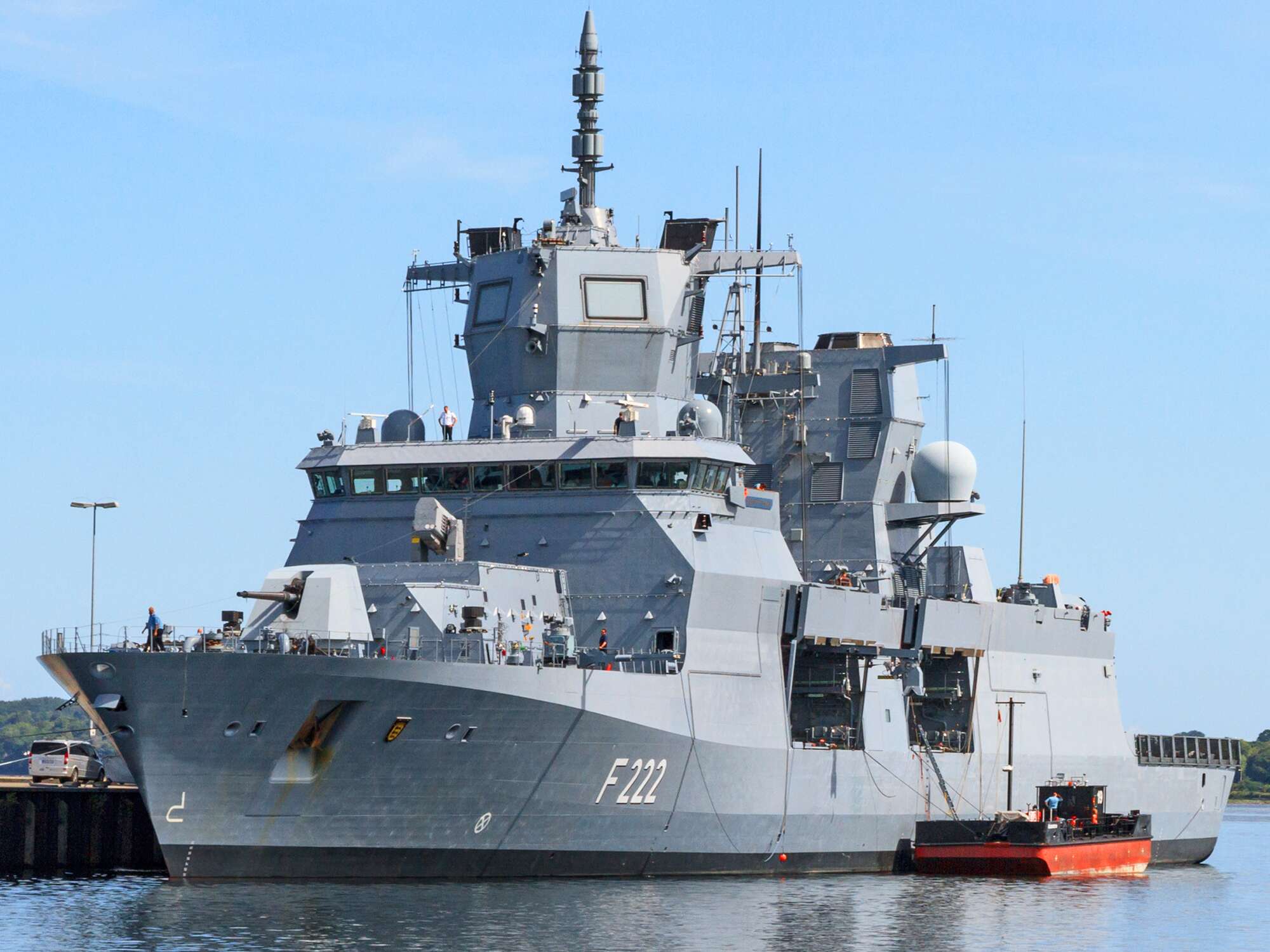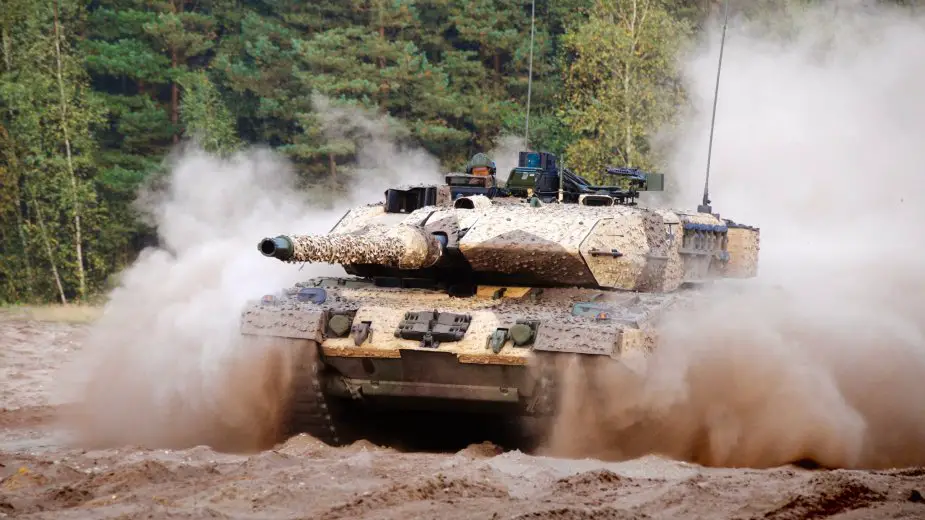The U.S. Army is considering larger deployments to Europe in the coming years to test its ability to handle more than a brigade’s worth of troops and equipment, which would be needed should a crisis arise, Lt. Gen. Ben Hodges, the outgoing U.S. Army Europe commander, told Defense News in a recent interview.
Hodges retires at the end of this week.
The Army has learned many lessons by successfully rotating two armored brigade combat teams into Europe for nine-month deployments.
The 3rd ABCT, 4th Infantry Division out of Fort Carson, Colorado, returned to the U.S. in October, and the 2nd ABCT, 1st ID out of Fort Riley, Kansas, rolled in on a heel-to-toe rotation for another nine months. The Army will deploy ABCTs on a constantly rotating basis for the foreseeable future as part of an effort to deter Russian aggression along Europe’s eastern flank.
When each rotational unit deploys to Europe it comes with all of its own equipment normally kept stateside, as the Army deemed it important to exercise being able to rapidly deploy a heavy ABCT into Europe and continues to streamline the effort of placing equipment on ships, offloading it in European ports and transporting it by rail once on the continent.
And the ABCT doesn’t settle into just one spot upon arrival ― the brigade moves equipment and troops all over Eastern Europe on a continuous basis to ensure it can cross borders and effectively use rails and roads to rapidly deploy to any given area.
“I think it’s important before I celebrate too much,” Hodges said, “that this is just one brigade at a time and if this was a real crisis, we are talking about dozens of brigades coming in and we definitely have some issues with capacity that we haven’t tested yet.”
More work needs to be done to ensure ease of crossing at borders and to build rail and road infrastructure, Hodges said. “But fortunately the alliance [NATO] is taking that on, but we’ve got some work to do in that regard.”
Hodges said he believes the Army is considering deploying an entire division in an exercise like the Reforger exercises conducted in Europe during the Cold War “where you have a combination of equipment coming over, but also troops coming over that would draw the pre-positioned [Army pre-positioned stock] equipment. We need to play with that, too, just like in Reforger.”
The commander stressed that this type of deployment can’t just be exercised on a tabletop. “You have to do it physically. … There is no way you can discover all the friction until you actually have people and stuff moving. That is when you find all the real friction.”
Hodges acknowledged that while sending a division-sized unit to Europe has great utility, and the Army could potentially see a surge with a division-level deployment in late 2018 or 2019, “there are other priorities out there.”
When asked if the Army is prepared to surge what is needed to respond to a real crisis in Europe even though it hasn’t been exercised at that level, Hodges said: “There is no doubt that we could do it. It’s how much friction would be involved when you start talking about multiple units all moving. Is the rail network in the states prepared for it, as well as the rail network in Europe prepared for it?
“Once everyone arrives, I’m confident we could work our way through those issues, although there would be plenty of challenges.”
NATO is working how it might facilitate such military activity in Europe should a crisis arise, Hodges said.
One idea is the creation of a rear area operations command. Hodges said the logical leader of this command would be Germany given its geography and capability. “It’s just obvious,” he said.
Germany hasn’t confirmed it would take leadership of the command should it be created, “but my sense is they recognize that they would be a great choice,” he noted.
NATO is also considering a different kind of command that would look at the lines of communication from the continental U.S. to Europe for crossing the ocean and related movements, Hodges noted.
“The key here is, and I think the alliance should get credit for this, part of deterrence is having the ability to get there, and both of those two commands are about improving the speed and the ability of the alliance to get there,” Hodges said.
NATO and the European Union continue to have a dialogue about military freedom of movement between countries, Hodges added. Earlier this year, the U.S. general advocated for what he was calling a military Schengen Zone, which would allow easy movement across borders, much like the Schengen Zone in Europe allows ease of movement for EU citizens.
He has since moved away from the term because it has become associated with uncontrolled migrant flow and instead is referring to the notion as “cross-border military mobility.”
While “not quite as catchy,” Hodges said, “the good news is that the alliance and the EU both recognize the importance of it and are working on it.”
For Col. Michael Simmering, commander of the 3rd ABCT, 4th ID recently returned from Europe, “freedom of movement is and remains the No. 1 challenge in the U.S. Army Europe area of operations.”
Border crossings are one of those challenges, Simmering told a group of reporters in a Dec. 13 Pentagon interview. “As you move from country to country, the ability to not only have a clearance to move through that country, but then across the border and move through the next country, is something that we experienced frustrations with routinely.”
And even for the 10th Combat Aviation Brigade, 10th Mountain Division, which also just returned from a similar rotation in Europe, movement through countries over large areas presented new challenges.
The combat aviation brigade’s commander, Col. Clair Gill, told the same group of reporters that he had to, for the first time ever, drive the brigade to the U.S. Army’s Saber Guardian exercise in Bulgaria, Romania and Hungary over five days and nights in the summer.
“An aviation brigade you would think moves in the air, but in fact we’ve got like 1,000 vehicles that sustain ourselves,” he said. “We made a commitment that we wanted to demonstrate the expeditionary capability of an aviation brigade and we drove ourselves” to the exercise ― a total of 13,000 miles.
The brigade encountered hiccups, which required creativity, Gill said. For instance, a vehicle broke down and was not allowed to be towed across a border, so it was instead loaded onto a wrecker and driven across the border.
Additionally, the unit was told it could not drive through a country it had planned to traverse to get home from the exercise, and so it had to reroute.
“[For] the folks that are permanently assigned to Europe, you call that Monday,” he said.




